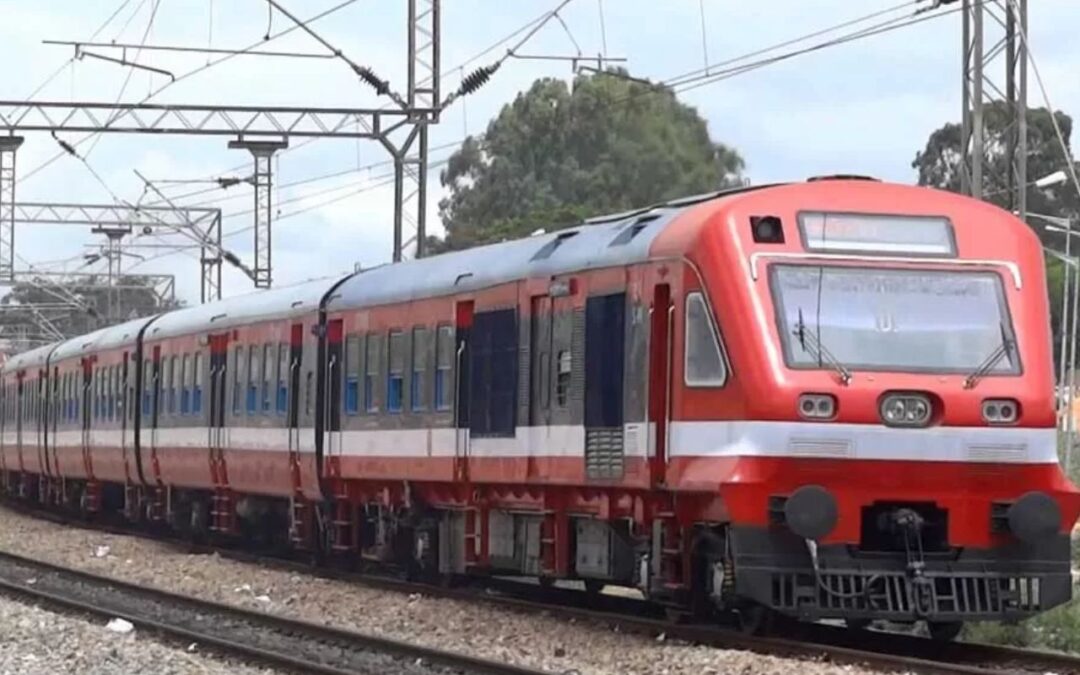Synopsis- The Bengaluru Circular Rail (BCR) Project as a project is a priority infrastructure project focused on traffic decongestion, enlivening real estate value in the surrounding area and enhancing sustainable urban development.The project can enable Bengaluru to provide better connectivity, planned development, and transit-oriented developments or neighbourhoods; hopefully paving the way for Bengaluru’s future mobility and housing transformation.
Introduction
Bengaluru’s extraordinary growth is testing the limits of its infrastructure – the streets are congested, the Metro is at capacity, and the cost of housing in the city core is becoming perpetually out of reach. Traffic congestion will worsen, and urban sprawl will intensify. We need a permanent solution. Bengaluru Circular Rail Project (CRP) outlines the construction of a 271–291 km orbital rail network. The CRP is backed by ₹23,000–₹81,000 crores and 2,500 acres of land. It doesn’t just provide mobility relief; it offers a huge opportunity for real estate and urban transformation.
Project Scope and Strategic Vision
- Network Design and Coverage: The Circular Rail Project (CRP) will take shape with seven corridors to encircle Bengaluru. It will connect peripheral towns, such as Devanahalli, Doddaballapur, Solur, Malur, Heelalige, and Nidvanda, enhancing access from a majority of peripheral areas of developed Bengaluru to the Kempegowda International Airport, industrial developments, and growing residential developments.
- Urban Planning Integration: CRP represents a hub and spoke model while alleviating congestion in the core city and promoting decentralised developments in the suburbs. It integrates Namma Metro and Suburban Rail into a consolidated transit model.
- Timeline and Infrastructure Backbone: Final Location Survey (FLS) is taking shape, and the Detailed Project Report (DPR) is expected to be submitted by August 2025, commencing CRP likely after 2027. The rail loop will interface seamlessly with the highway’s junctions, forming the infrastructure backbone of future Bengaluru.
Real Estate Game Changer: Impact Zones & Trends
1. Land price growth and investment opportunities
- Areas surrounding the proposed Circular Rail corridors have already seen land prices increase between 10-25%, with forecasts of future increases between 20-40% in the next 5-7 years.
- Emerging hotspots include Devanahalli (proximity to the airport), Malur and Heelalige (near to industries), Doddaballapur and Solur (logistics neighbourhoods of the former airports).
- Most of these areas are currently being researched by developers, infrastructure companies, and private investors, as they are being transformed from undervalued peripheral areas to developing real estate growth corridors.
2. Change in development focus and buyers’ preferences
- As central Bengaluru becomes more crowded and unaffordable, buyers are seeking out peripheral areas as alternative locations that offer reasonably priced, spacious, and well-connected neighbourhoods.
- Developers are acquiring sites on or near proposed stations to build plotted layouts, mid-income housing and everyday mixed-use places.
- This is a trend driven by buyers who are in the market for affordable and reactive housing options that offer spacious homes, better access and faster transit choices, particularly in the rise of the working family population.
3. Growth & development of commercial and industrial
- With planned improvements to logistics and commuter access, state authorities are expecting industrial areas to be revitalised, particularly in Malur and Solur.
- Warehousing hubs, IT parks, and flex-office space are expected to grow around key CRP node areas and sites.
- The new developments will create new places of employment and jobs in key economic areas and relieve pressures on the city’s core.
4. Transit-Oriented Development (TOD)
- CRP will help anchor TOD zones – walkable, high-density areas that feature residential, commercial, retail, and transit infrastructure.
- TOD supports green mobility, reduces car dependence, and supports sustainable urban growth by encouraging mixed-use zoning and reducing the burden of commuting.
Land Acquisition & Planning Challenges
1. Land Requirements and Opposition
- The CRP will demand roughly 2,500 acres of land, mostly in proximity to growth corridors and even excellent agricultural land.
- This has resulted in landowner opposition, compensation disputes, and delays in survey approvals.
2. Administrative & Legal Delays
- There remain coordination issues between and within the Central and State Governments and Railways, Urban Development, and policies existing, the project will have lost momentum.
3. Need for Fair and Transparency
- To minimise litigation risks and proceed quickly, fair compensation, legal clarity, and early consultation will be key priorities in successful implementation.
- There is a focused need to address these hurdles to successfully unlock the full real estate potential of the CRP.
Urban Planning & Sustainable Growth Imperatives
- Peripheral Zone Infrastructure Readiness: Critical urban infrastructure is necessary for effective CRP in peripheral zones; water, sanitation, electricity, and social infrastructure (schools, health care) must be invested at the same time as transit, not added later.
- Zoning Laws and Planned Development: This raises the importance of effective zoning laws to avoid chaotic development. Clear zoning regulations must be established that outline expected land uses. There is a crucial role for authorities and developers to discourage speculative land banking and encourage integrated township development with a vision that promotes sustainability.
Conclusion
The Bengaluru Circular Rail Project is not simply a transport initiative, it is a blueprint for an entirely new approach to the city. By improving connectivity, releasing new growth corridors, and supporting decentralized urban development the CRP has the capability to reshape how the city in terms of mobility, living, and growth. If this initiative is carried out with long-term vision, it will be a once-in-a-generation opportunity for sustainable growth in real estate and inclusivity in building cities.
Written by N G Sai Rohith





